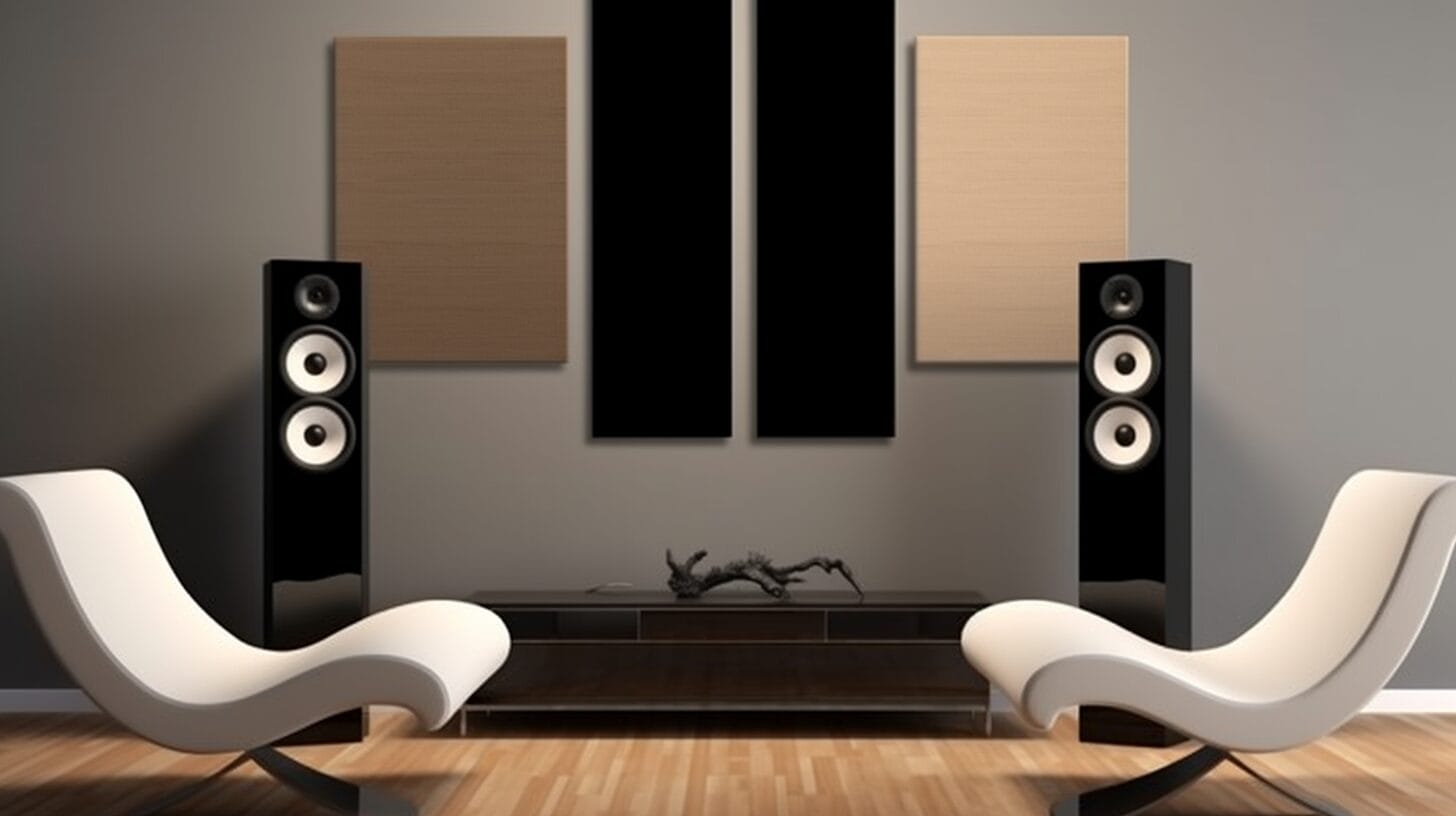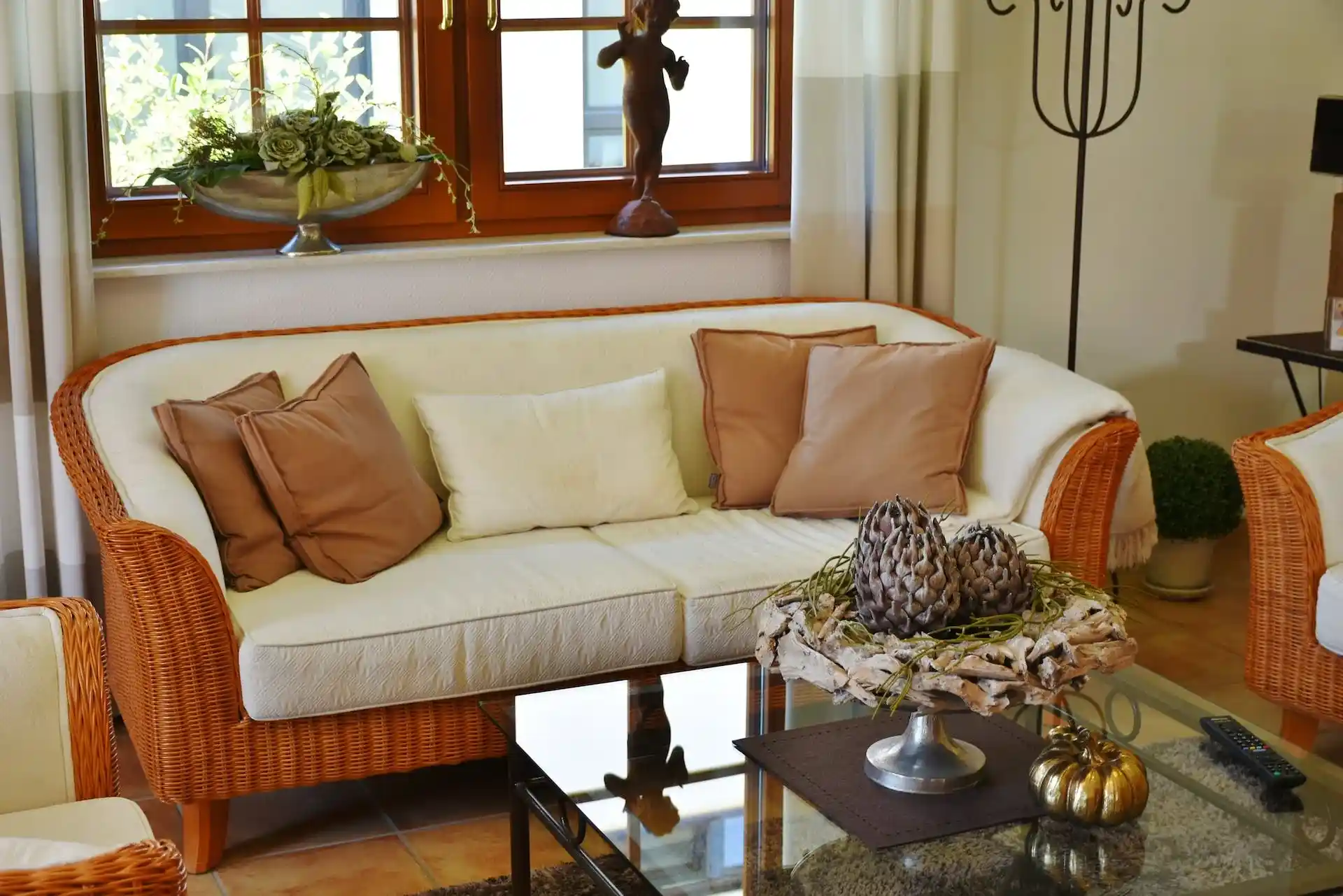You might not be aware of how the intricacies of fabric composition can affect the acoustic qualities of a panel. As you seek out the best fabric for acoustic panels, consider not just the visual appeal. You should also consider the functionality that each material brings to your environment.
Some fabrics have been engineered specifically for special acoustic purposes. They offer both sound absorption and an attractive finish. Meanwhile, some options provide a dense, textured surface. It can enhance the aesthetic while managing the acoustics.
Your decision can make a significant difference in the quality of the sound. It can either result in a muffled echo or a clear and resonant sound. So ask yourself: do you know which fabric properties complement your space and optimize sonic potential?
Let’s examine the factors that will guide your selection. Ensure that you strike the perfect balance between form and function.
Best Fabric for Acoustic Panels: Key Takeaways
- Fabric selection is crucial for fabric acoustic panels, affecting sound clarity and absorption.
- Factors to consider when choosing acoustic fabric include sound absorption, density, thickness, fire safety, and decorative appeal.
- The aesthetics and decorative appeal of acoustic fabric play a significant role in the ambiance of a room.
- When selecting acoustic fabric, it’s important to prioritize fire-retardant options for safety.
What is a Fabric Acoustic Panel?
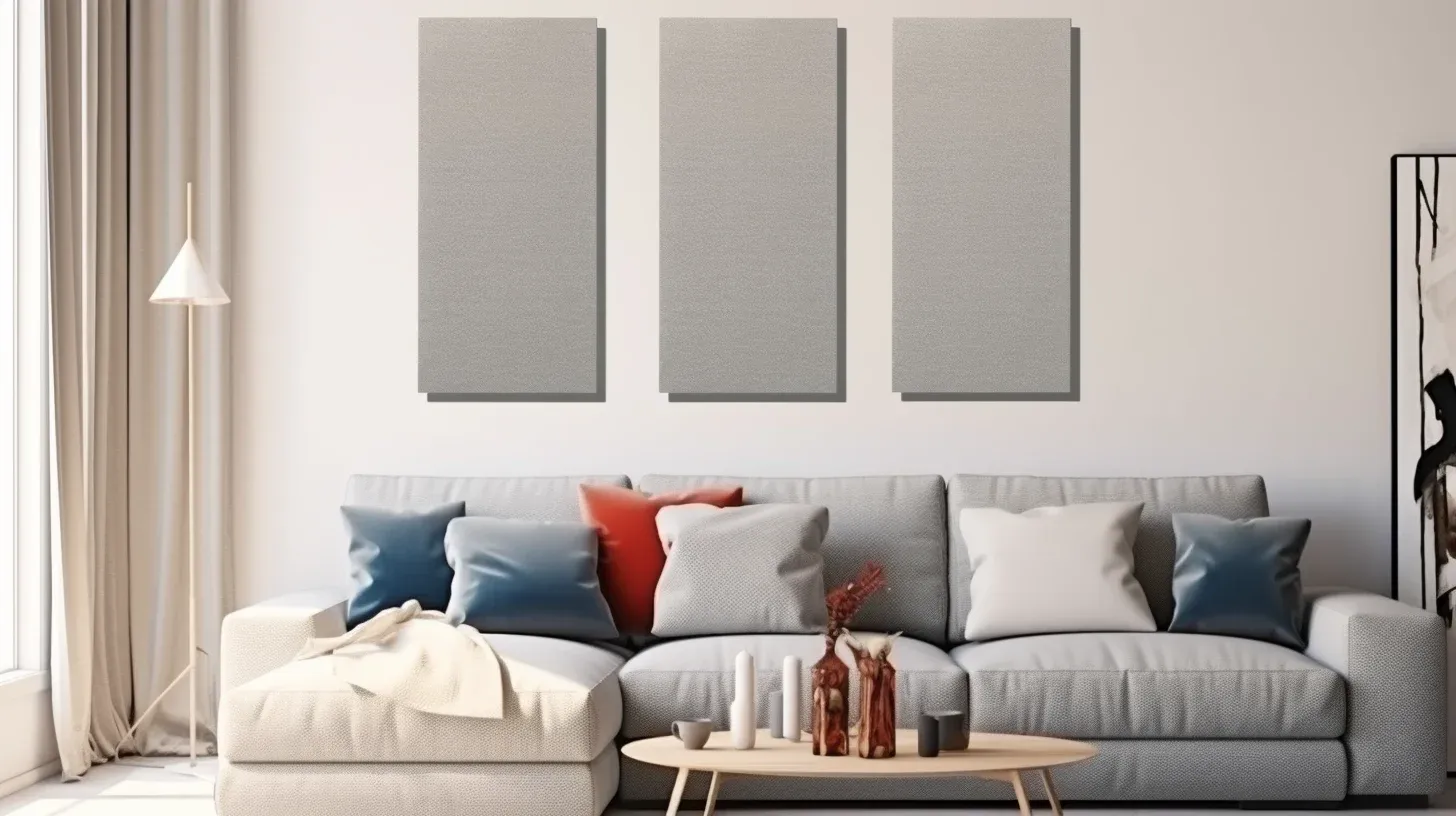
A fabric acoustic panel is a specialized wall or ceiling-mounted fixture that absorbs sound waves. Thus, they can reduce echo and reverberation in a room to improve acoustic quality. These acoustic treatments are essential in environments where sound clarity is paramount. When selecting fabric, you must consider the material’s breathability and functionality.
Acoustically transparent materials are perfect for use with sound-absorbing foam or insulation. They let sound pass through without reflecting it significantly. The construction of fabric acoustic panels involves a range of natural and synthetic fabrics. Natural options include cotton, wool, and hemp, while synthetic choices feature polyester and nylon. Each material has different acoustic properties and aesthetic values. High-quality brands provide specialized acoustic fabrics that balance sound absorption capabilities with visual appeal.
For optimal performance, the fabric’s weave density and structural integrity are crucial. A tight weave ensures durability and prevents the protrusion of insulation material while still maintaining acoustic transparency. In designing your acoustic wall panels, also consider the safety aspect. Fire-retardant-rated fabrics add a layer of protection to your acoustic setup.
Factors to Consider When Choosing Acoustic Fabric
You must assess the sound absorption and transparency of the fabric. These ensure the fabric meets your acoustic needs without compromising the room’s ambiance.
Consider the density and thickness for optimal performance. These factors will directly influence the panel’s ability to dampen sound.
Lastly, factor in fire safety and the material’s decorative appeal to achieve both aesthetic integration and adherence to safety standards.
Sound Absorption/Transparency
When selecting fabric for acoustic panels, consider the material’s transparency and breathability. These will ensure optimal sound absorption without compromising structural integrity. Unbacked, breathable fabric permits sound waves to penetrate effectively. This will reduce reverberation and optimize absorption performance.
Here is a table summarizing key considerations:
| Quality | Benefit | Consideration |
| Breathability | Enhances sound absorption | Prefer open weave |
| Transparency | Balances absorption and aesthetics | Avoid too transparent fabrics |
| Synthetic Material | Prevents sagging and ripping | Functional and durable choice |
Choose an acoustic fabric that balances functionality and aesthetic appeal. Meanwhile, it can maintain the acoustic integrity of your space.
Density and Thickness
Considering density and thickness is crucial. They directly influence a fabric’s sound absorption capabilities. When you’re in the market for acoustic panels, these two factors determine how effective your sound panels will be at managing noise.
- Density: A higher density means more mass per unit volume. This will enhance the absorbing core’s ability to attenuate sound waves.
- Thickness: Thicker materials usually provide better insulation. They can trap a wider range of sound frequencies.
- Core Material: The type of core material used inside acoustic panels is crucial. Some materials may need different density and thickness levels.
Choose fabrics that strike the right balance between density and thickness. This will ensure your acoustic panels perform optimally.
Aesthetics and Decorative Appeal
Acoustic fabric’s visual impact is as important as its functional aspects of density and thickness. It contributes to the room’s ambiance. Your design focus must include aesthetics and decorative appeal. This will ensure that acoustic panels blend with the environment.
Opt for natural fabrics like cotton or wool for a classic texture. Or choose synthetic ones like polyester for durability and variety. Brands like Guilford of Maine and Camira Fabrics provide sophisticated patterns and hues to elevate any space. Consider transparent fabric for a seamless look. Or explore specialty materials like microsuede or felt for a distinctive touch.
Moreover, customizable options such as digital printing or fabric wrapping allow for personalization. This will make your acoustic panels functional and a focal point of your decor.
Fire Safety
Prioritize fire-retardant fabrics for your acoustic panels to enhance safety without compromising sound absorption efficiency. When selecting a fabric, consider not only its acoustic properties but also its ability to resist flames. The right materials can make a difference in maintaining fire safety in your space.
- Inorganic Glass Fibers: Opt for fabrics that incorporate inorganic glass fibers, known for their non-combustibility.
- Thermosetting Resin Binder: Ensure the fabric treatment includes a thermosetting resin binder for enhanced fire resistance.
- Synthetic Materials: Choose synthetic materials like polyester fabric. It can be engineered for fire safety while retaining acoustic performance.
Each component helps create a fire-safe environment. This is essential for both residential and commercial settings.
10 Best Fabrics for Acoustic Panels
Now, let’s discover the 10 best fabrics for acoustic panels. Read and find a suitable choice for you.
1. Cotton
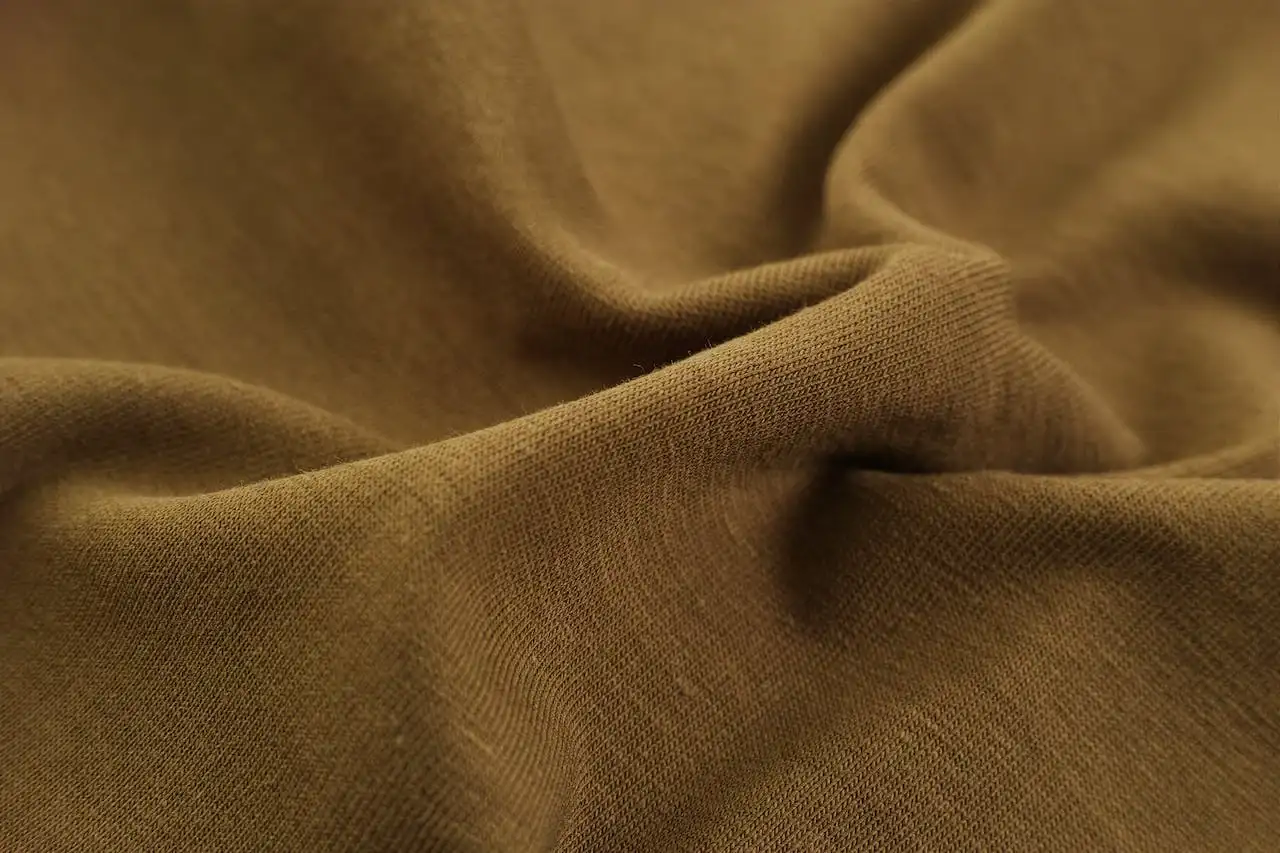
Often overlooked, cotton is a very effective material for acoustic panels due to its natural sound-absorbing properties and breathability. When you’re considering fabric choices for your acoustic panels, here’s why cotton should be at the top of your list:
- Natural Sound Absorption: Cotton canvas effectively reduces echo and reverberation.
- Breathable Material: An open weave structure allows sound waves to pass through the fabric. This makes it better acoustically.
- Eco-Friendly: Opt for cotton to add both function and a sustainable edge to your space.
Using cotton for your acoustic panels can enhance sound quality and create a healthier environment. Its ability to trap sound waves without restricting airflow makes it a popular choice for those seeking an efficient and eco-conscious option.
2. Polyester
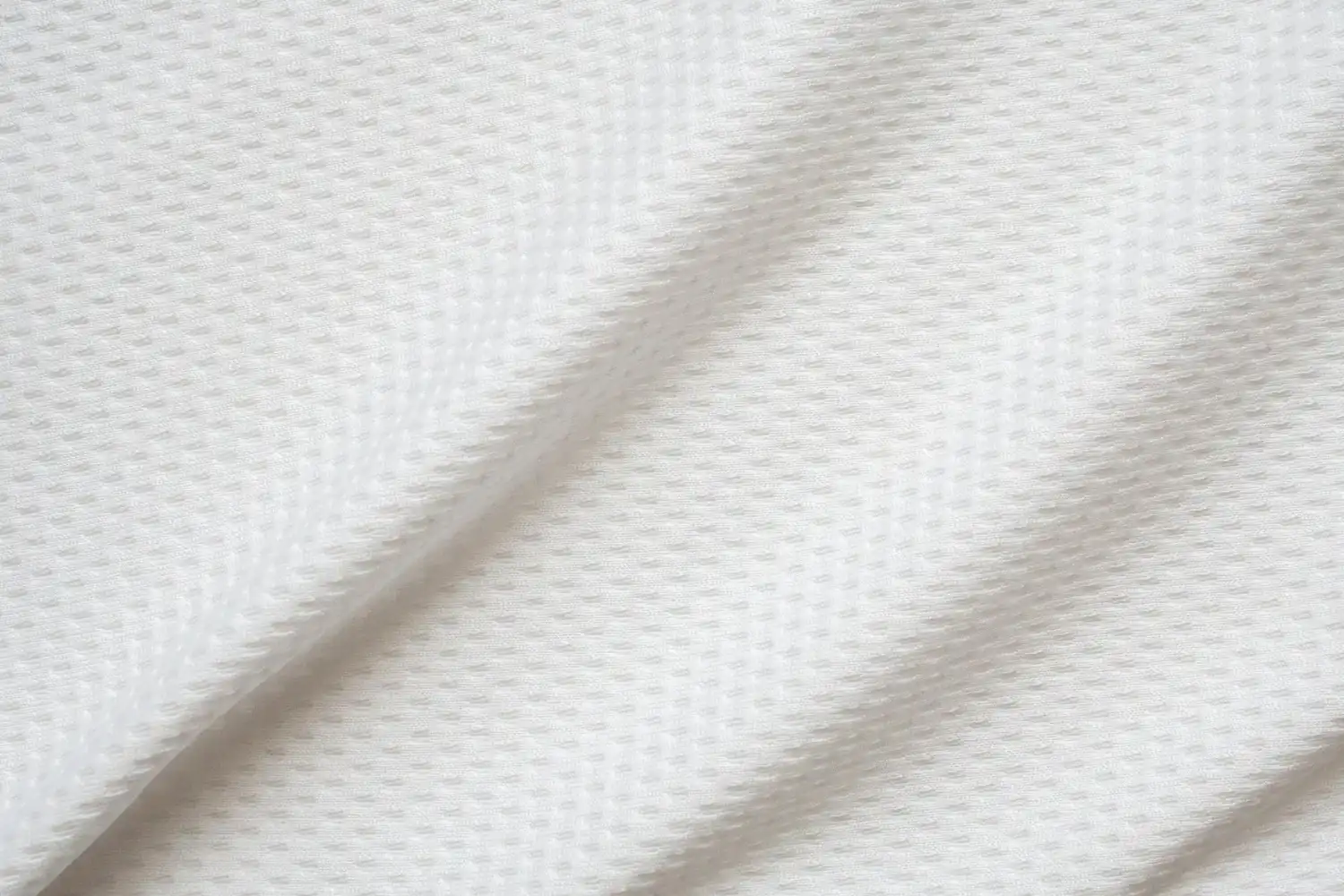
Polyester presents a synthetic alternative that excels in durability and sound absorption. When selecting the right fabric, consider the technical advantages of polyester. Not only is it affordable, but this fabric would also contribute to better acoustically treated spaces due to its sound absorption capabilities.
Here’s a detailed comparison to guide your choice:
| Feature | Polyester Advantages | Considerations |
| Durability | Resists ripping and sagging | Ensures longevity |
| Sound Absorption | Good performance | Enhances acoustic quality |
| Maintenance | Easy to clean | Simplifies upkeep |
| Cost | Affordable | Budget-friendly option |
3. Duck Canvas
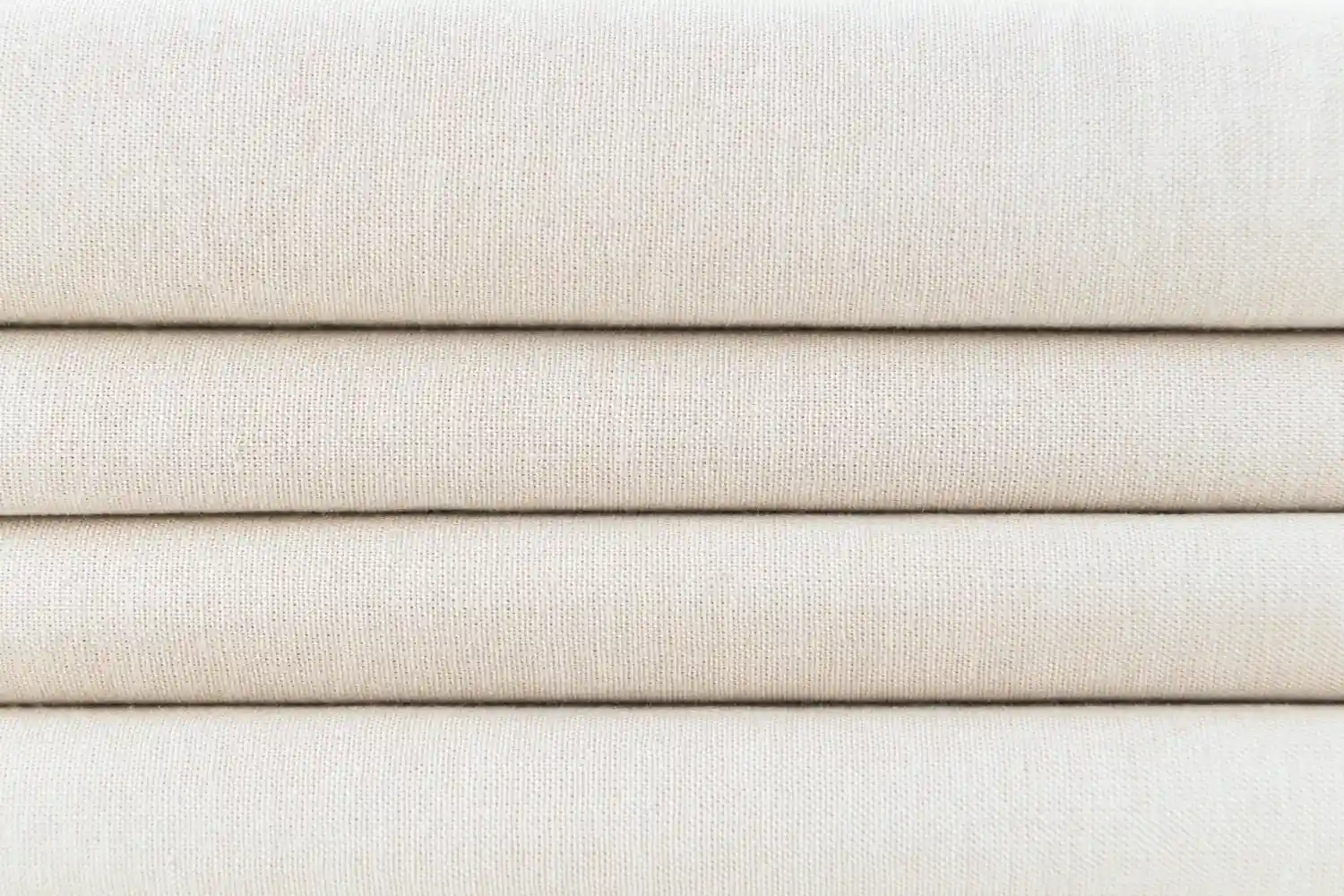
Duck canvas’s dense weave and heavy weight make it an exceptional fabric choice. It offers superior sound absorption and durability. Here’s why duck canvas stands out:
- Dense Weave: The tight construction helps trap sound waves.
- Heavy Weight: Adds to the overall mass of the panel, improving sound dampening.
- Durability: Resists wear and tear, maintaining acoustic properties over time.
Selecting duck canvas means you choose a fabric that combines functionality with longevity. Its structure enhances its capacity to absorb and lessen unwanted noise. This makes it a top contender for your acoustic treatment solutions.
4. Muslin
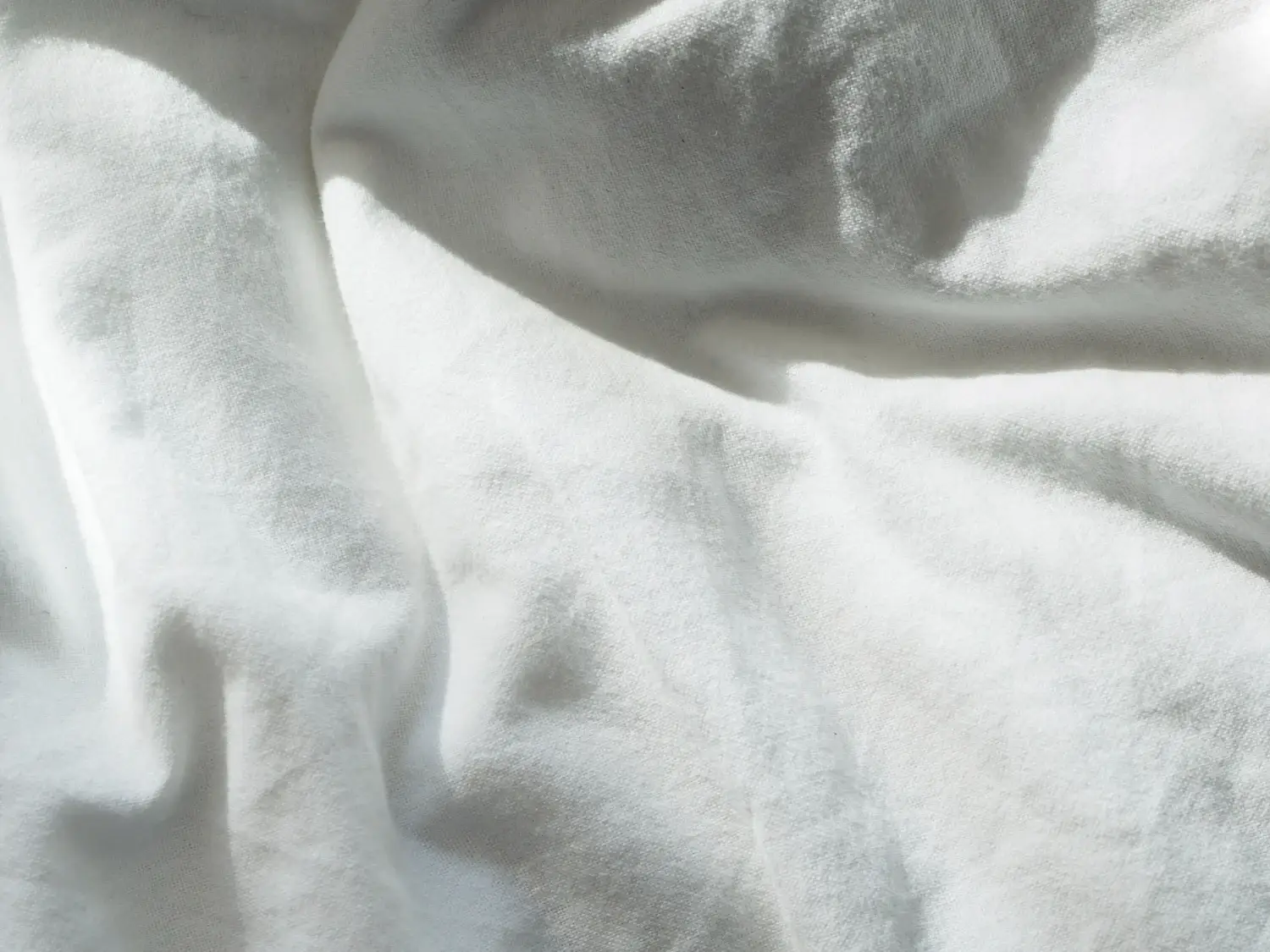
Muslin, with its lightweight and sound-permeable qualities, is an excellent fabric choice. It ensures effective sound absorption and aesthetic versatility in your space. Muslin’s breathability allows it to capture and diminish unwanted noise effectively, enhancing acoustic clarity. Its finely woven structure prevents echo and reverberation. This is an essential function for optimal acoustic performance.
Moreover, muslin’s durability contributes to the longevity of fabric panels. This makes it a practical, cost-effective solution. Heavier materials may block sound by reflecting it. But muslin ensures that sound waves are absorbed rather than bounced back into the room.
For an efficient sound management system, incorporating muslin is a sound decision.
5. Linen
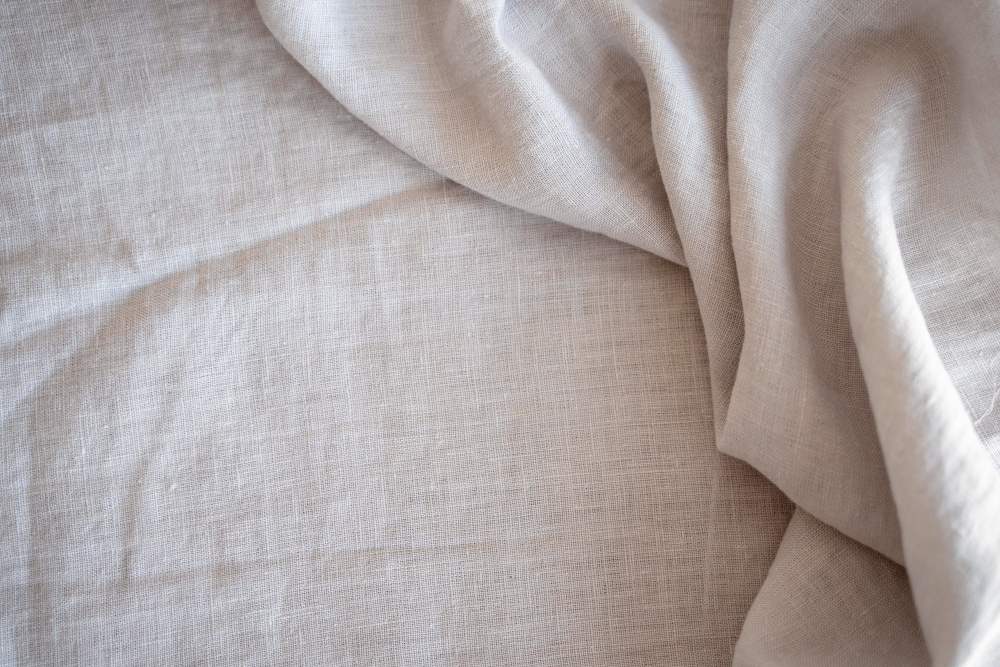
Linen is an excellent choice for its natural sound absorption and aesthetic contribution to a room’s ambiance. Here are key factors that make linen a top contender:
- Natural Sound Absorber: Linen’s intrinsic properties enhance sound dampening.
- Eco-Friendly: Its resistance to mold and mildew adds to its sustainability.
- Aesthetic Texture: Offers a visual warmth that complements its acoustic benefits.
6. Burlap
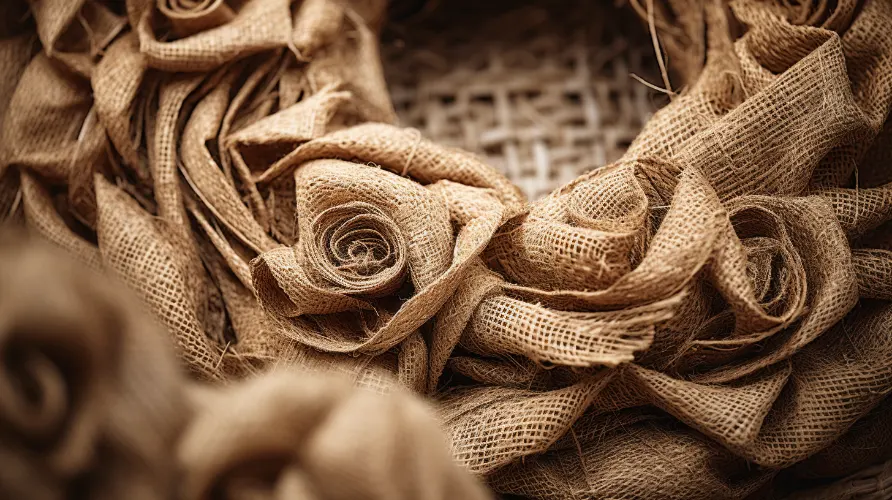
Burlap is a cost-effective and eco-friendly alternative with commendable sound absorption qualities. When incorporating burlap into your acoustic panels, you select a material that’s not only sustainable but also effective in dampening sound reverberations.
The fabric’s coarse texture is acoustically beneficial. It allows sound to pass through without significant reflection. This is crucial to optimizing the acoustics of any space.
In terms of use, burlap is a durable and rustic choice for functional items with a natural aesthetic. The fabric adheres to the principles of eco-friendliness. It can make your acoustic treatment an environmentally responsible decision.
Ensure that the burlap is stretched appropriately to prevent sagging and maintain its sound-absorptive integrity over time.
7. Guilford of Maine
When selecting the best fabrics for acoustic panels, Guilford of Maine stands out with its extensive range of acoustically transparent and breathable materials. It offers both aesthetic flexibility and functional sound absorption.
To ensure you’re making a well-informed decision, consider these key attributes:
- Transparency: Essential for allowing sound waves to pass through without much of an open weave that compromises durability.
- Breathability: A critical feature that allows for effective sound absorption without reflecting frequencies back into the room.
- Weight: Use fabrics around 8 to 12 ounces per square yard to balance absorbency with structural integrity.
Guilford of Maine’s fabrics would work excellently for your project. It ensures that your acoustic panels perform optimally while maintaining a sleek and customized appearance.
8. Speaker Grill Cloth
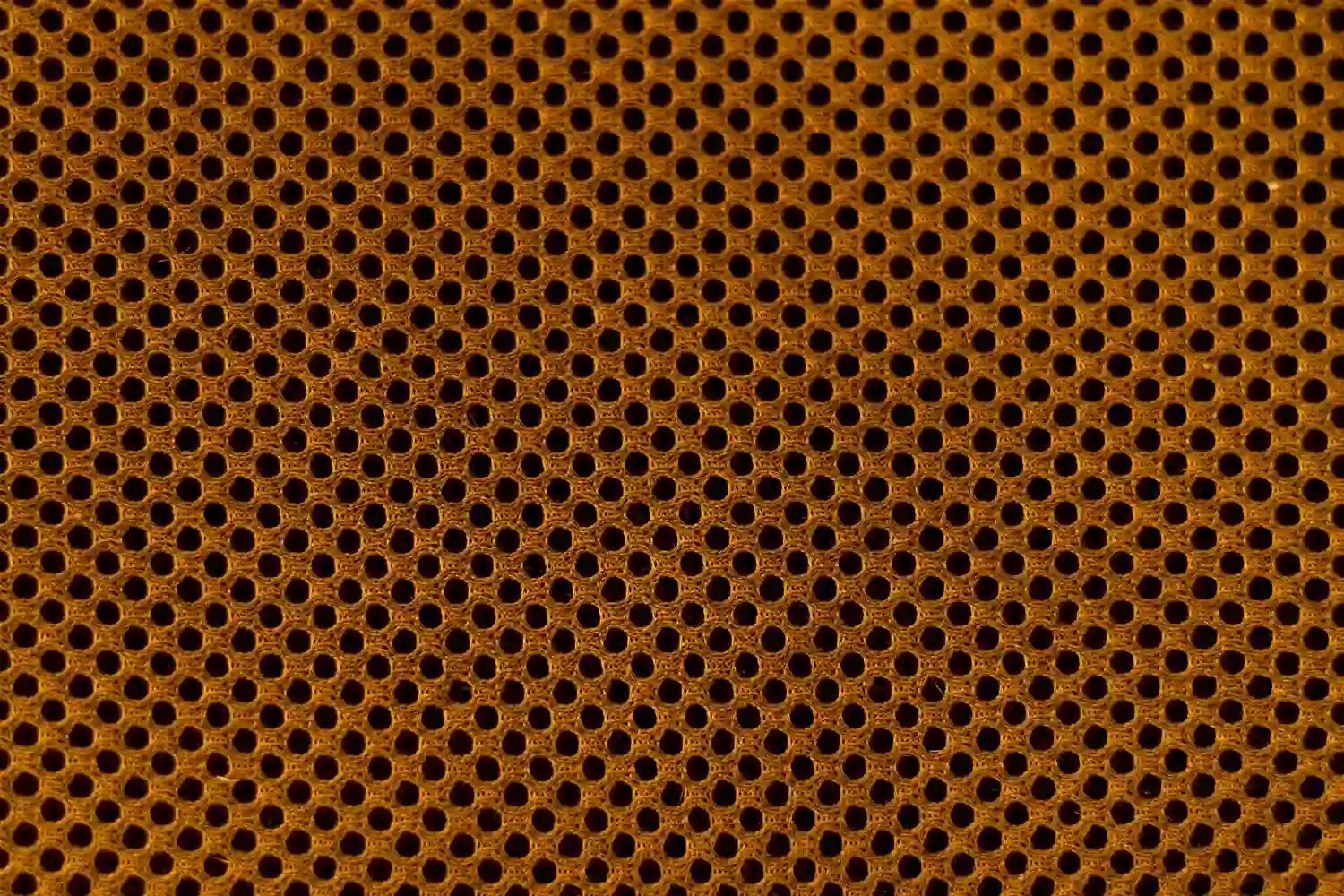
Speaker grill cloth is a popular choice for covering acoustic panels. It allows sound to pass through while providing a clean, professional look. It’s important to choose a fabric that is acoustically transparent. This means it doesn’t obstruct sound waves. Speaker grill cloth is designed to meet this requirement. It’s a suitable option for acoustic panels.
9. Velvet
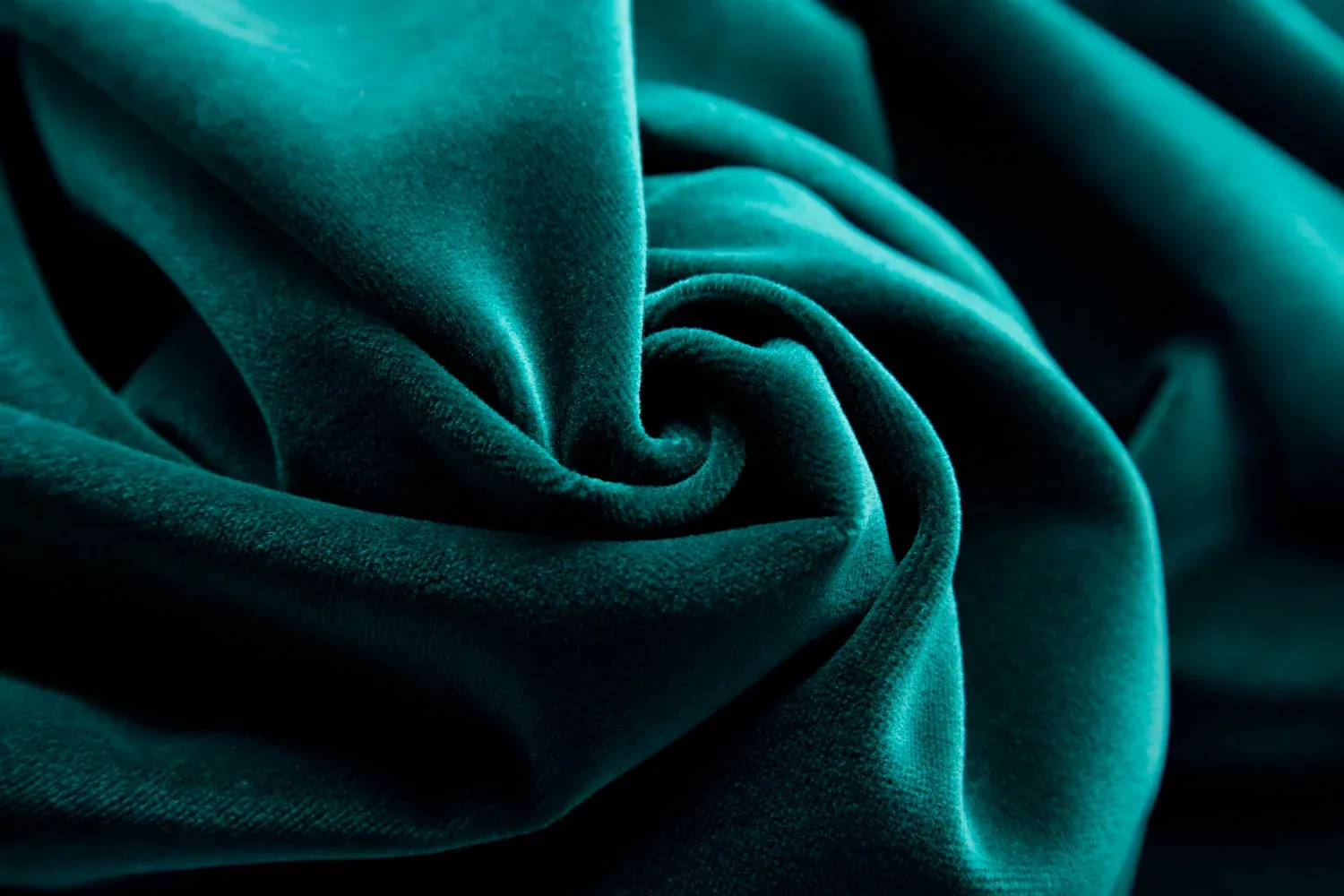
You’ll also find that velvet is a top-tier fabric for acoustic panels. It offers both aesthetic richness and superior sound absorption qualities.
Here’s why velvet stands out:
- Rich Aesthetics: Velvet elevates the look of acoustic panels with its luxurious texture. It adds a sophisticated touch to any room.
- Superior Absorption: The dense velvet pile effectively traps sound waves. This leads to enhanced sound dampening and reduced reverberation.
- Comforting Texture: Its plush nature contributes to sound quality and also adds warmth. It creates an inviting and comfortable space.
In your pursuit of optimal acoustics, consider velvet for its technical benefits and its ability to merge comfort with luxury in a single, elegant solution.
10. Felt
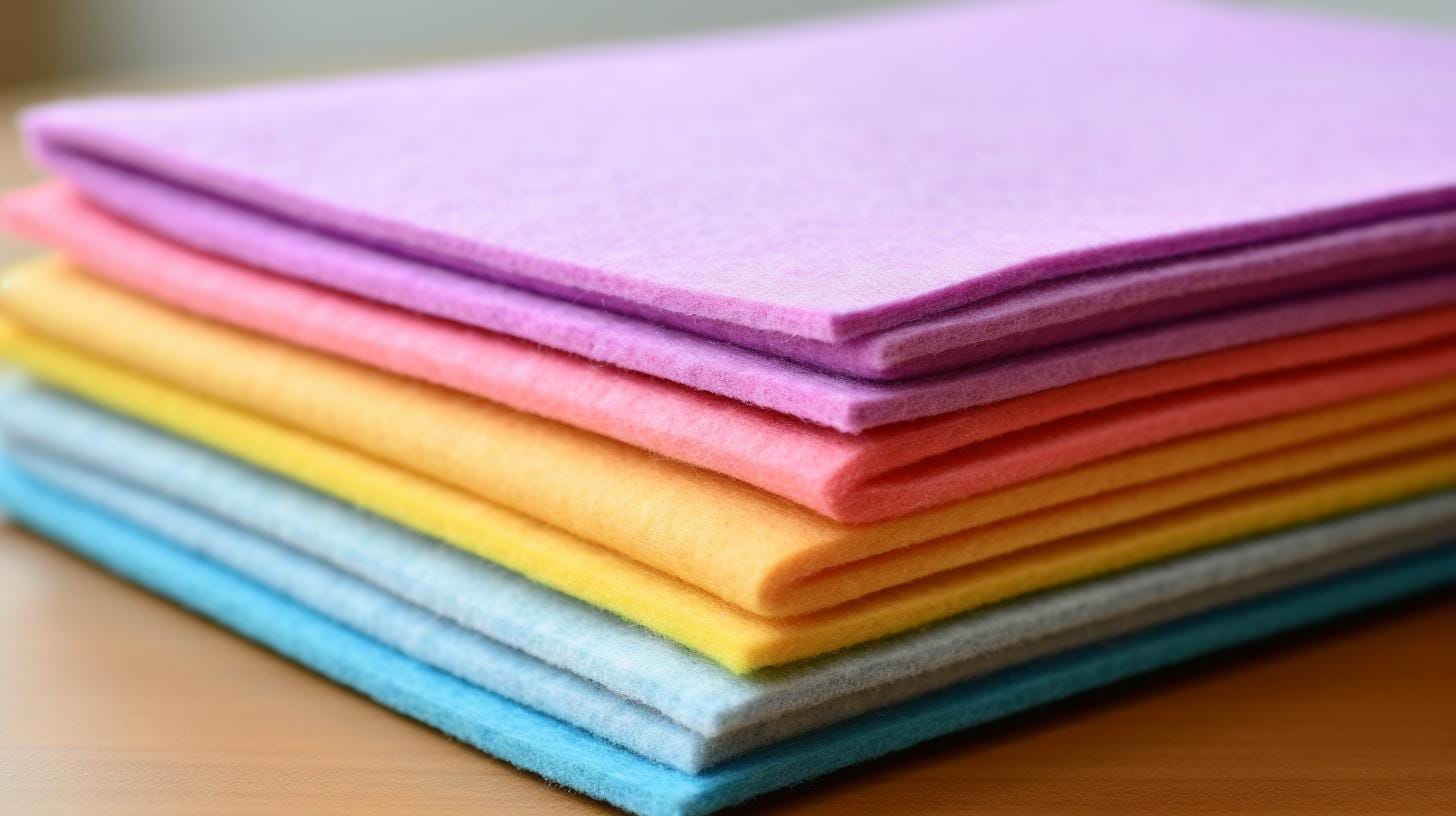
Consider felt for its excellent sound-absorption properties. You can tailor it to your acoustic needs through a selection of varying thicknesses. It’s a dense, non-woven fabric that effectively traps sound waves. When integrating felt into your acoustic design, you’ll appreciate its precision in sound dampening.
Here’s a precise breakdown of felt characteristics:
| Thickness (mm) | Density (g/cm³) | Sound Absorption Coefficient |
| 2 | 0.14 | 0.15 |
| 3 | 0.17 | 0.25 |
| 5 | 0.20 | 0.40 |
| 10 | 0.25 | 0.60 |
| 20 | 0.30 | 0.75 |
The thickness and density are directly proportional to the sound absorption coefficient. They allow you to predict the panel’s performance. Opt for thinner felt for mid- to high-frequency absorption and thicker variants for lower frequencies.
Conclusion
In your pursuit of perfect acoustics, it’s important to choose a fabric that balances breathability with fire resistance. Don’t let aesthetics alone influence you; functionality is crucial.
Test each contender against 703 panels to ensure clarity isn’t compromised. If the budget’s tight, burlap or a poly/wool blend can offer both economy and performance.
Your choice should enhance sound quality by merging technical precision with design. Choose wisely; your space’s acoustic harmony depends on it.
FAQs
Do fabric acoustic panels work?
Yes, fabric acoustic panels effectively absorb sound, improving room acoustics. Ensure you choose breathable, tight-weave materials for optimal performance. Consider fire safety ratings for added protection.
What fabric can block sound?
You seek fabrics that block sound. Dense, heavy materials like mass-loaded vinyl are effective. They reflect and absorb sound waves, minimizing noise transmission through walls, ceilings, and floors.
What are some popular fabric options for acoustic panels?
Some popular fabric options include cotton fabric, cotton duck cloth, and various upholstery fabrics.
Can I use any fabric for making acoustic panels?
Not all fabrics are suitable for acoustic panels. It’s crucial to choose a fabric with sound-absorbing qualities. These allow sound to pass through and be absorbed by the material behind the fabric.
What are the industry standards for the best acoustic panel fabric?
The industry standard for acoustic panel fabric includes fabrics with acoustic properties, breathability, and durability to ensure optimal sound absorption and longevity.
How can I ensure that the fabric doesn’t sag over time when used to cover acoustic panels?
To prevent fabric from sagging over time, choose a fabric known for its durability and stretch-resistant properties. You can choose cotton duck cloth or custom acoustic panel fabrics.
Where can I buy the best fabric for covering acoustic panels?
You can buy the best fabric from specialty fabric stores, online suppliers, or acoustic panel manufacturers.
Learn more fabric knowledge from Longan Craft Blog, dive into the fabric world with Longancraft!

